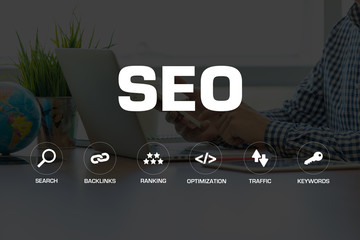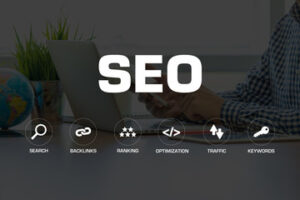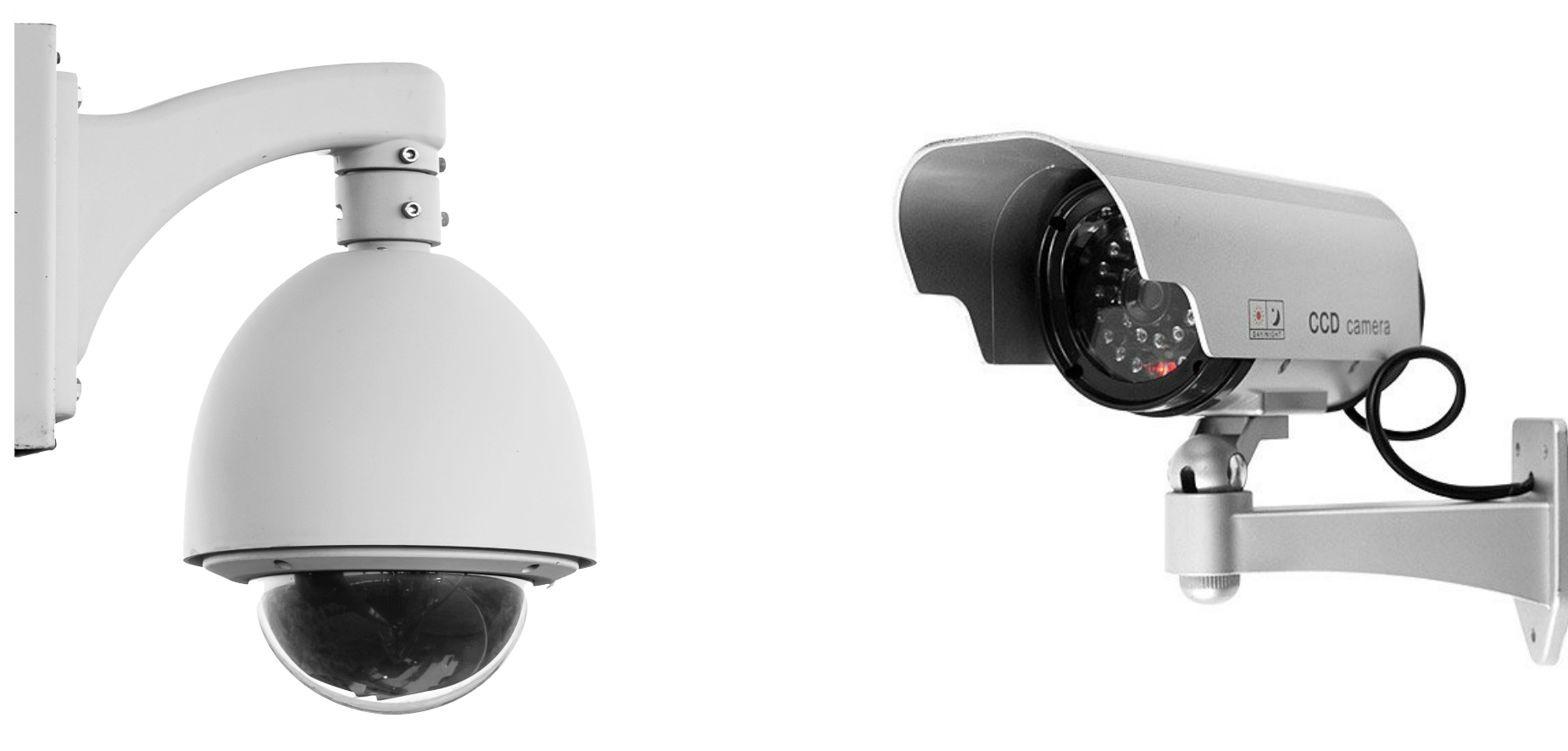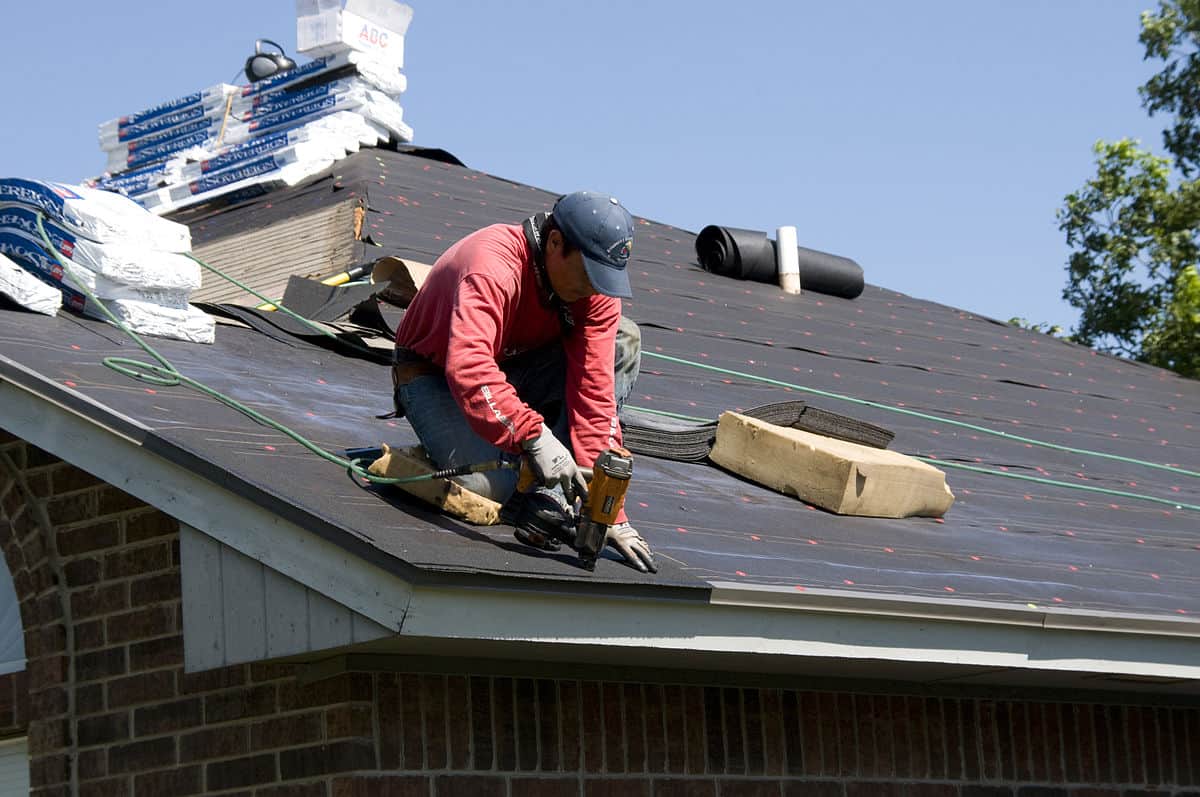The kitchen is one of the most important rooms in your home. It is where you cook, entertain, and spend time with family.
Kitchen Remodeling San Jose is a great opportunity to make your dream kitchen a reality. It is also a good time to add energy-efficient appliances and incorporate sustainability trends that will last for years.
Your kitchen remodeling budget has a direct impact on everything that happens in your project, from hiring a team to selecting materials and appliances. A good budget lays out the scope of the work that will be performed, and allows you to stay within your means without sacrificing quality or unforeseen costs.
The amount you plan to spend on your kitchen remodel will depend on the type of kitchen you want and how much you want to increase the value of your home. However, if you’re looking to create a luxury kitchen, expect your remodel costs to exceed $80,000.
As you’re working on your budget, be very clear with potential contractors about the amount you can afford to spend. This is the best way to avoid getting estimates that are twice as high as your budget, and will ensure you don’t fall into any costly traps during the remodel process.
Once you have your budget, prioritize the must-haves and then add in the wants. It’s easy to get caught up on the “nice to have” items, but remember that these luxuries don’t always add any benefit to your kitchen’s functionality or usability. Instead, they may just detract from the overall look of your kitchen. Be very careful not to get caught up on little extras, such as crown molding or a super-luxe faucet. They will add up quickly, and could cause you to go over your budget by a significant margin.
Layout
The layout of your kitchen plays an important role in how well the space functions. There are a number of different layouts you can choose from, and they all depend on the needs of your family and how you use the space.
For example, a galley kitchen is ideal for small spaces because it allows you to maximize cabinetry in a narrow room. But if socializing in the kitchen is important to you, you might want to open up the layout and incorporate a breakfast nook or eat-in counter area.
A U-shaped kitchen is another popular choice, and it works well in any size of space. It’s also a good option for homeowners who are interested in including an island in their kitchen.
One of the most critical elements of a kitchen remodel is how well it accommodates the work triangle, which consists of the sink, stove, and refrigerator. The rule of thumb is that the distance between these three areas should not be more than 26 feet, but the actual spacing will depend on your family’s needs.
Keep in mind that any kitchen remodel should take into account natural light. A good way to do this is by positioning cabinets near windows, adding extra light fixtures or skylights, and using airy colors and materials. This will help your kitchen feel more open and bright. It will also make your kitchen more pleasant to spend time in, and it’s sure to boost your mood.
Design
Your kitchen is a central gathering space where you prepare meals and gather with family and friends. It’s important that it be a pleasant place to spend time. A kitchen remodel is an opportunity to upgrade the aesthetic of your kitchen to match your personal style and preferences. You’ll find a wide range of design possibilities to suit any taste and budget, from classic to current trends.
When preparing for your kitchen remodel, we’ll discuss your needs and wants to determine which changes should be considered “necessities,” those that will improve the functionality of your kitchen, and which should be included as “wants.” For example, if your family frequently eats at home, an enlarged island or more cabinet storage might be desirable additions to your kitchen. We’ll also consider which adjacent spaces you want the kitchen to connect to, such as an open-concept living area or a mudroom.
You can also consider if you’d like to do a partial or full remodeling. A remodeling project is more extensive and may involve removing walls, expanding the kitchen footprint or changing the layout of appliances and fixtures. This will increase your remodeling costs, but can give you the kitchen of your dreams. A good design-build team will be able to guide you through this process and ensure the design plans are aligned with your construction budget.
Materials
The materials you choose for your kitchen remodel can be a major influence on the room’s aesthetics and functionality. Flooring choices like hardwood or tile combine style and durability, while countertop materials like granite or quartz inspire culinary creativity. Backsplash designs like glass, porcelain or natural stone add a unique touch and protect the walls from spills and splashes.
The most important factors to consider when selecting kitchen remodeling materials are use and cost. You want a durable material that can stand up to the wear and tear of your busy household. Investing in premium materials will help your kitchen last longer and increase your home’s value.
Cabinets are typically made from wood, but the type of wood you choose can make a difference in your kitchen’s style and functionality. Hardwoods are the most common cabinets, but you can also choose from laminate or particleboard. Hardwoods are higher-density than softwoods, which makes them more resistant to scratches and dents. They are also fire-resistant and water-resistant.
A popular choice for backsplashes is marble, which can cost between $25-$30 per square foot. A newer option is porcelain, which is stain-resistant and doesn’t require sealing. Cork is another eco-friendly option that can be installed as flooring or countertops. It reduces noise, absorbs heat, and provides insulation. It’s also easy to clean and is available in a wide range of colors.
Appliances
When planning a kitchen remodel, it’s important to consider the new appliances you want to add. This is because the look and function of your new appliances will affect the overall style of the space. Plus, the cost of your appliances will have a direct impact on your overall budget.
When choosing appliances, consider energy efficiency, quality and size, and warranties. Additionally, it is a good idea to research consumer reviews of your options and choose products that are easy to clean and maintain.
Many modern appliances are also designed to be hidden from view, allowing them to blend seamlessly into your kitchen design. This is a popular option for open-plan living spaces where your kitchen can be seen from other areas of the home. Hidden appliances can include microwave ovens, drawer dishwashers, and coffee machines. Many of these models are designed with advanced features like sensor cooking and convection technology that enhance your kitchen’s functionality.
Besides the major appliances, consider adding other built-ins like banquettes for breakfast areas and appliance “garages” that hide small appliances like mixers and toaster ovens. These hidden appliances will help to free up your countertops and make your kitchen more functional. Additionally, consider additional storage solutions for your cabinets like pantry pullouts and carousels (Lazy Susans) to ease access to frequently used items.
Lighting
Lighting is often considered the last step in kitchen planning and tends to be overlooked, but the right fixtures can elevate every aspect of your design plan. Whether you choose to install pendant lights over your island or recessed lights in the ceiling, the right combination of ambient, task, and accent lighting can help bring the whole room together.
Ambient lighting, also known as the base layer, offers a gentle radiance that complements the rest of your design scheme. This type of lighting can be achieved with sconces, torchieres, chandeliers, uplights, and in-cabinet lights. It is a great way to create a welcoming atmosphere and adds the finishing touch that ties your kitchen’s design elements together.
Task lighting, on the other hand, provides a focused light to specific work areas in your kitchen. This can include pendant lights over the island, under cabinet lighting, or even interior lighting for your cabinets, like Hafele’s Loox system, which illuminates the contents of drawers so you can easily find that errant fork. Typically, task lighting is placed on its own switch to avoid the need to change the general lights when you turn on your task lights.
Accent lighting, finally, highlights decorative items in your kitchen and can be done with a variety of options, from a simple light rope to a statement-making chandelier. This is the chance to really put your stamp on your kitchen and make it truly your own, so don’t be afraid to be bold!





